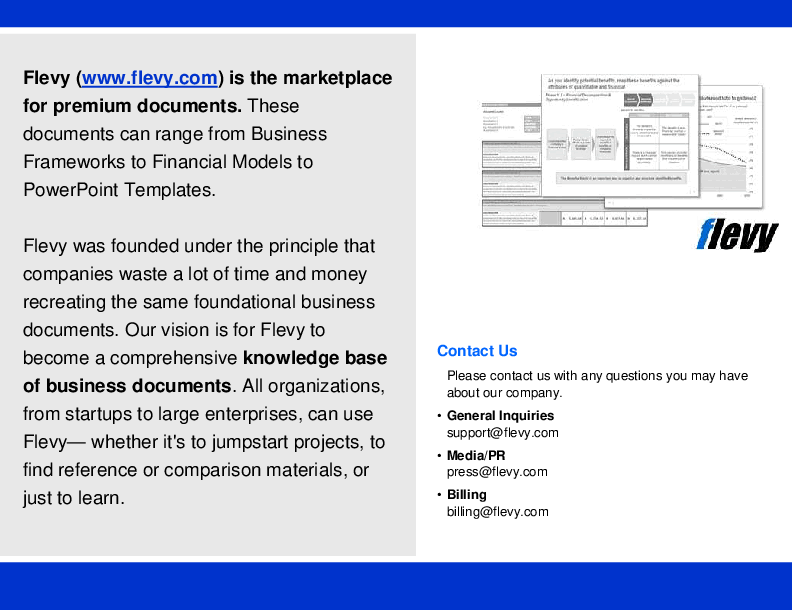SOP Employee Warning Letter (Examples & Templates) (Word DOCX)
Word (DOCX) 5 Pages
BENEFITS OF THIS WORD DOCUMENT
- Provides a Policy & Procedure of Employee Warning Letter
- Provides s Flowchart SOP Employee Warning Letter
- Provides of Warning Letter Templates
HUMAN RESOURCES WORD DESCRIPTION
SOP Employee Warning Letter (Examples & Templates)
Contents :
1. Policy of Employee Warning Letter
2. Procedure of Employee Warning Letter
3. Flowchart of SOP Employee Warning Letter
4. Warning Letter Templates
The purpose of this procedure is to explain the process of issuing employee warning letter; that company regulations and work ethics are followed.
The issuance of warning letter is carried out in accordance with company regulations and the Manpower. The warning letter is issued once everything is verified and is supported by solid evidence. The warning letter is issued to enforce employee discipline in accordance with company regulations and work ethics.
Discipline particularly positive discipline follows a typical sequence from mild to harsh: These vary from oral warning, written notice, suspension, demotion, pay cut and dismissal in that order.
Discipline is the regulation and modulation of human activities to produce a controlled performance. The real purpose of discipline is quite simple. It is to encourage employees to confirm to established standards of job performance and to behave sensibly and safely at work. Discipline is essential to all organized group action.
Discipline is employee learning that promotes self-control, dedication, and orderly conduct. In relation to employees in the U.S., discipline is generally used in a restricted sense to mean punishment. Consequently, the written procedures used to punish employees for job deficiencies are called disciplinary procedures.
Punishment is the process of either administering an unpleasant stimulus, such as a warning letter or a suspension, or withholding a reward, such as not granting a scheduled pay increase because of an employee's job deficiencies. Punishment is only one form of discipline; other forms are positive reinforcement, including commendations and praise, and human resources development.
The first step is to establish and maintain a reasonable, but firm discipline line.
TOO HIGH – People are insulted. Productivity drops.
TOO LOW – People take liberties. Productivity drops.
According to Richard D. Calhoon, "Discipline is the force that prompts individuals or groups to observe rules, regulations, standards and procedures deemed necessary for an organization."
Therefore discipline means securing consistent behaviour in accordance with the accepted norms of behaviour. I am sure you will agree that discipline is essential in every aspect of life. It is equally essential in industrial undertakings.
Simply stated, discipline means orderliness. It implies the absence of chaos, irregularity and confusion in the behaviour of workers.
Thank you.
Regards,
UJ Consulting
Got a question about the product? Email us at support@flevy.com or ask the author directly by using the "Ask the Author a Question" form. If you cannot view the preview above this document description, go here to view the large preview instead.
Source: Best Practices in Human Resources Word: SOP Employee Warning Letter (Examples & Templates) Word (DOCX) Document, UJ Consulting



